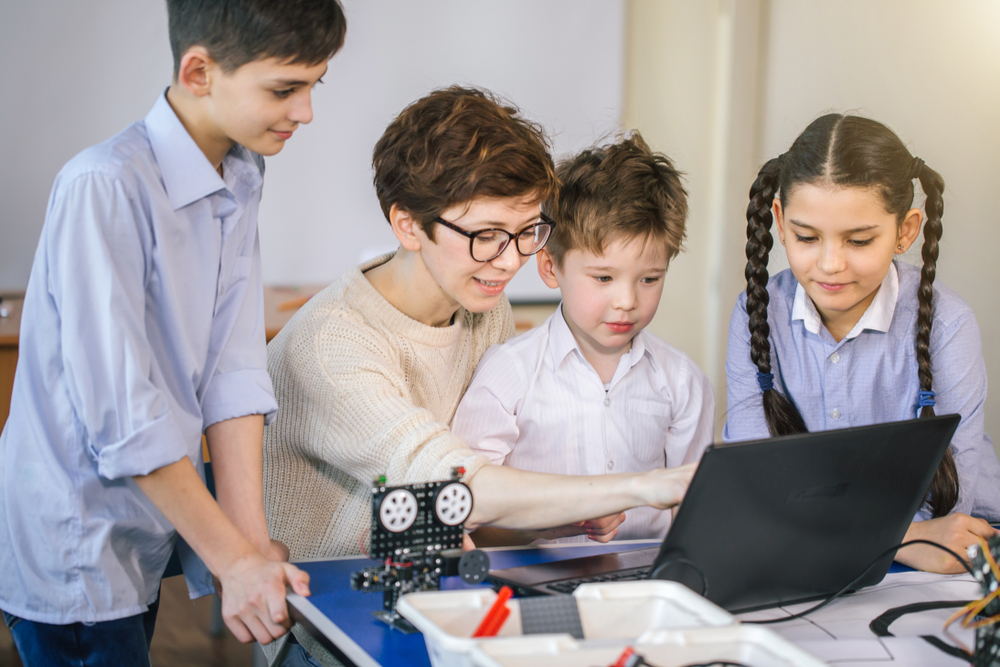Reading fluency Alphabet Worksheets for 7-Year-Olds
5 filtered results
-
From - To
Introducing our Reading Fluency Alphabet Worksheets designed specifically for 7-year-olds! These comprehensive, fun-filled worksheets aim to enhance your child's reading fluency through engaging alphabet activities. Each sheet combines playful exercises with effective learning strategies to boost letter recognition, phonemic awareness, and word decoding skills. Perfect for young readers, these worksheets foster confidence and a love for reading while laying a solid foundation for future literacy success. Ideal for parents and educators, your children will enjoy learning new concepts seamlessly. Elevate your child's reading journey today with our expertly crafted worksheets at Kids Academy!
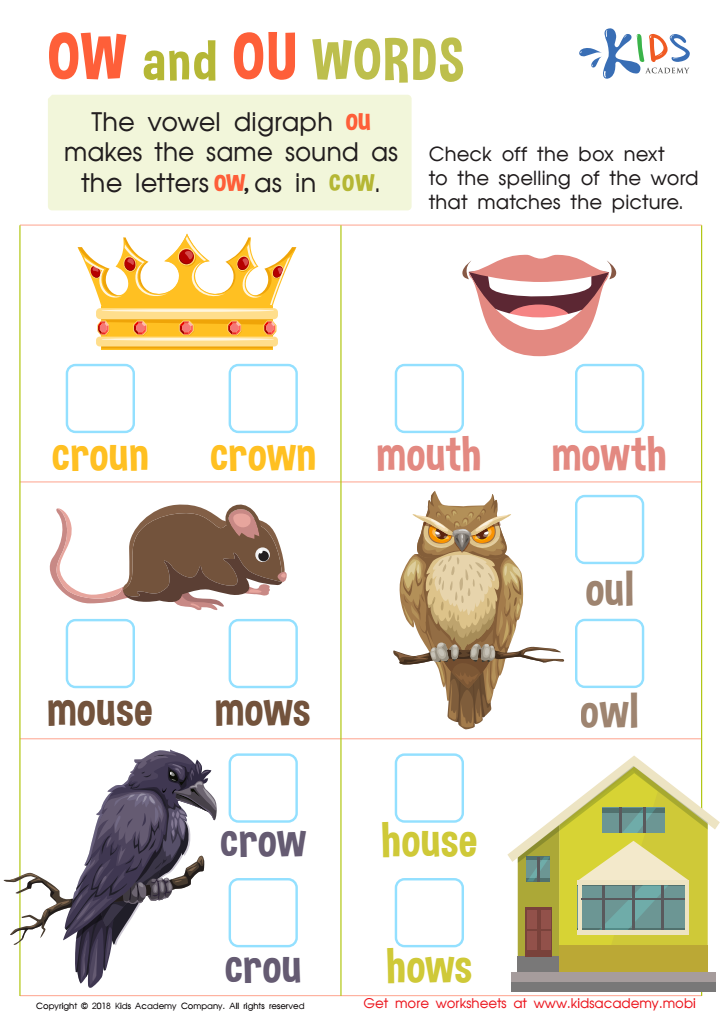

Reading: OW and OU Words Worksheet
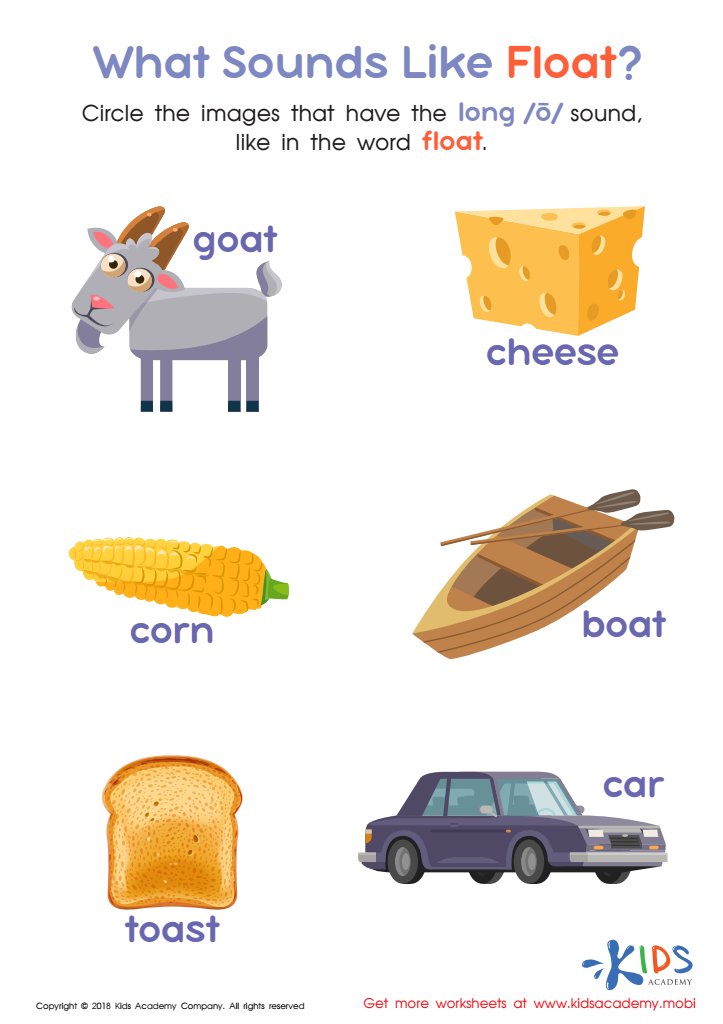

What Sounds Like Float? Worksheet


Two Sounds for OO Worksheet
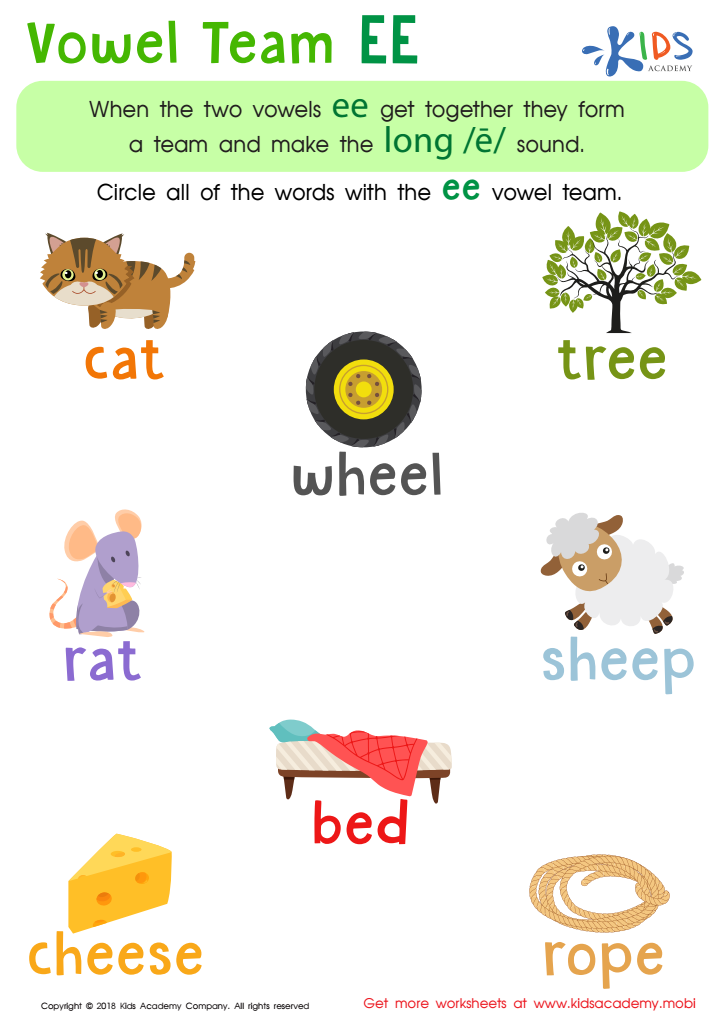

Reading: Vowel Team EE Worksheet
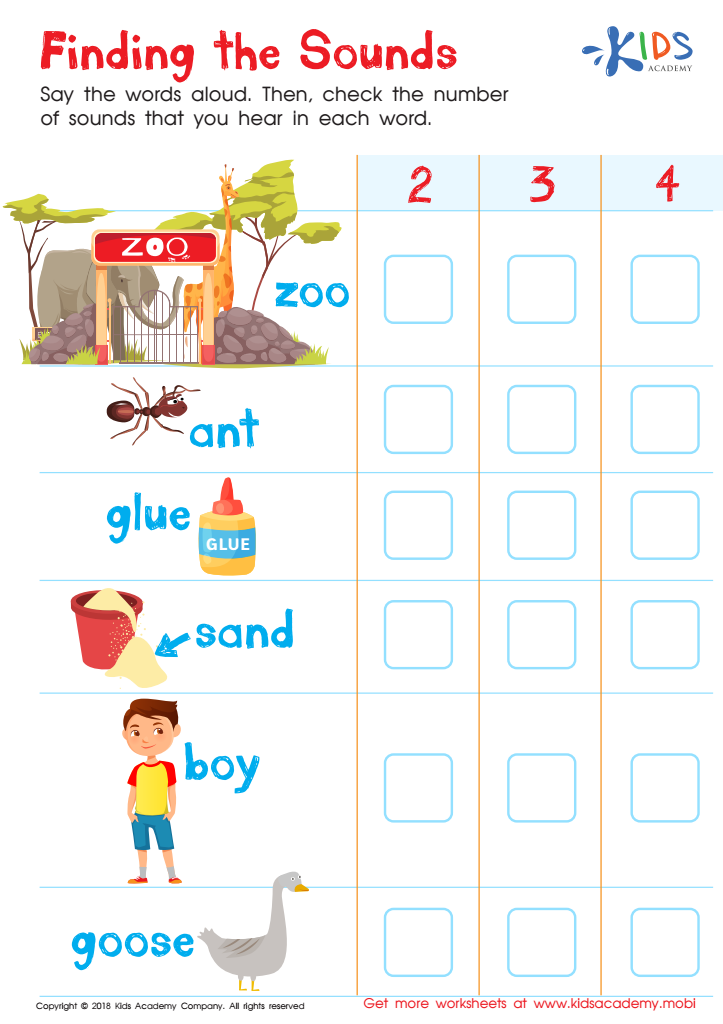

Finding the Sounds Worksheet
Reading fluency and familiarity with the alphabet are foundational elements for a 7-year-old's literacy development, crucial for academic and lifelong success. At this age, children are transitioning from learning to read to reading to learn. Reading fluency—comprising speed, accuracy, and proper expression—enables them to understand and absorb text more effectively. Fluent readers can focus on comprehension rather than decoding individual words, which enhances their ability to follow instructions, engage with new concepts, and perform better across all subjects.
Knowledge of the alphabet is equally critical, as it provides the basic building blocks for reading and writing. Mastery of letter recognition and sounds (phonemic awareness) allows children to decode words more efficiently, fostering greater confidence and reducing frustration. This sets a positive trajectory for future academic endeavors and nurtures a love for learning.
For teachers and parents, supporting reading fluency and alphabet knowledge involves regular, engaging practice, such as reading aloud, playing literacy games, and providing a print-rich environment. Intervention at this crucial stage helps to identify and address any learning difficulties early on, paving the way for each child to achieve their full potential. Investment in these skills at age 7 yields significant long-term benefits, both academically and in personal development.
 Assign to My Students
Assign to My Students






